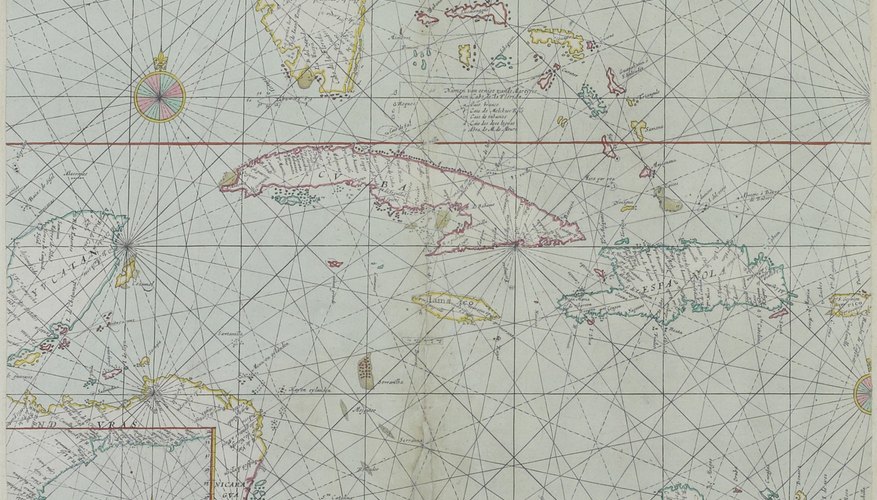A print rack is a furniture structure made to display artwork on paper. Print racks are widely used in the picture frame industry and retail markets which sell fine art prints. Basically, it is a framework designed to hold large clear sleeves into which paper art is housed making it easy to thumb through to see the prints without damaging them. The frame for this application is constructed of wood and acrylic panels.
Cut an 2.4 m (8 foot) piece of timber in half to create two pieces, each 1.2 m (48 inches) long, for the legs of the frame.
Rip each 1.2 m (48 inch) 2.5 by 15 cm (1 inch by 6 inch) piece of wood into 5 cm (2 inch) wide legs with the table saw. You will be able to get two 5 cm (2 inch) legs from each piece of wood, with some waste on each piece, for a total of four legs.
- A print rack is a furniture structure made to display artwork on paper.
- You will be able to get two 5 cm (2 inch) legs from each piece of wood, with some waste on each piece, for a total of four legs.
Cut a 85 cm (34 inch) piece of wood from the remaining 2.5 cm by 15 cm (1 inch by 6 inch) piece. This will be the "floor" of the structure.
Cut two 25 cm (10 inch) pieces from the leftover timber. These pieces will become the wedgelike braces.
Set a mitre saw at 30 degrees. Saw off the bottom, left corner of the pieces cut in step four. Flip the boards over to cut the opposing corner off at the same angle. You should end up with a piece that looks like a triangle with its tip cut off; set it aside.
- Cut a 85 cm (34 inch) piece of wood from the remaining 2.5 cm by 15 cm (1 inch by 6 inch) piece.
- Flip the boards over to cut the opposing corner off at the same angle.
Cut each leg at a 30-degree angle where the tip meets the floor. This allows the "foot" of the leg to be parallel to the floor.
Working from the foot of each leg, measure and mark the legs at 50 cm (20 inches).
Position one leg on the wedge piece at the marking, having the "cut-off-tip" side down. Align the edges and screw the leg into place.
Flip the unit over. Place the second leg on the brace, align the edges and screw the leg into the brace. Your legs should form an X, with each leg on opposite sides of the brace.
- Cut each leg at a 30-degree angle where the tip meets the floor.
- Place the second leg on the brace, align the edges and screw the leg into the brace.
Repeat steps eight and nine for the other side of the frame. Now you have two sets of Xs.
- Repeat steps eight and nine for the other side of the frame.
Fasten the "floor" board -- 85 cm (34-inch) 2.5 cm by 15 cm (1 inch by 6 inch) board -- into the top of each brace, between the sets of legs. Trim to fit if necessary. Use three screws, evenly spaced. Your unit should stand alone at this point.
Sand, stain and polyurethane the frame, and let it dry.
Apply a bead of silicone glue from the "floor" of the frame going up the inside surface of the leg of each side. The acrylic panels will rest on these upper legs, add stability to the frame and support to the print sleeves.
Set acrylic panels in place. Let the adhesive cure according to the manufacturer's directions.
TIP
This plan uses 2.5 by 15 cm (1 inch by 6 inch) timber in the most efficient way possible. If you don't have access to a table saw for ripping purposes, you can buy timber in widths similar to what the plan calls for and use several different sizes of timber to accomplish the project. Instead of using an adhesive to attach the acrylic to the frame, you can counter sink screws to fasten it in place.
